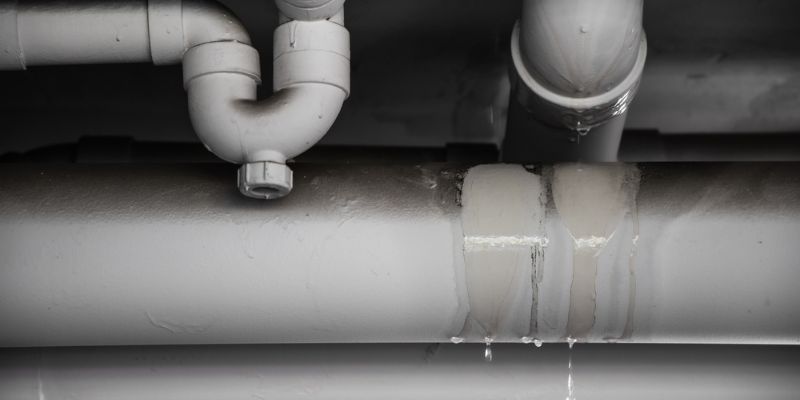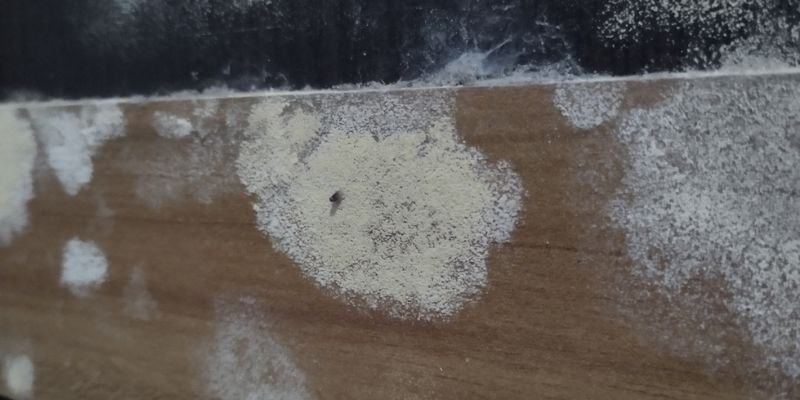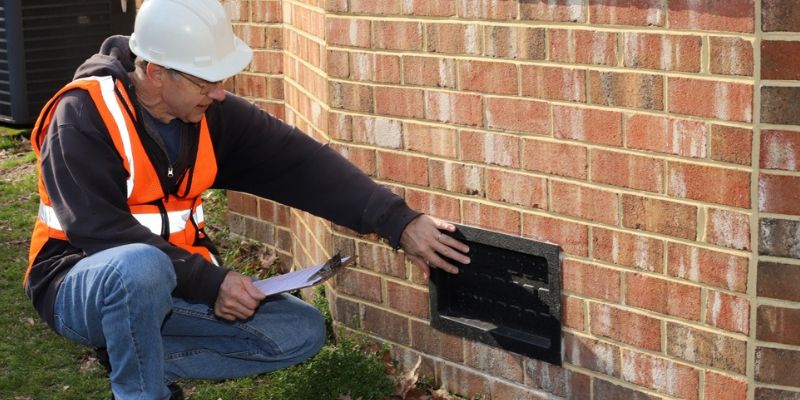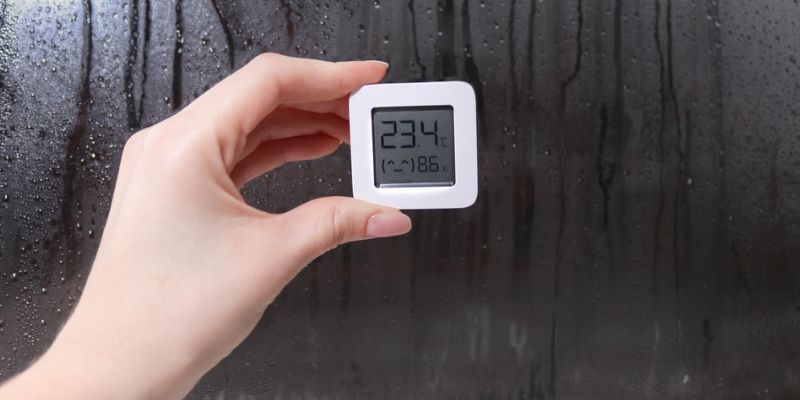Crawlspace moisture problems are one of the most overlooked threats to a home’s structural health and indoor air quality. If you’ve noticed a musty smell, sagging floors, or high humidity in your home, the source may be lurking just beneath your feet. Ignoring moisture in crawlspace areas can lead to serious problems, from hidden damage in Charleston’s humid Lowcountry climate to potentially expensive repairs and worsening conditions.

Why Crawlspace Moisture Is a Serious Issue
Your crawlspace is part of your home’s overall environment. When this space accumulates excess moisture, it creates the perfect conditions for mold growth, wood rot, pest infestations, and poor indoor air quality. Moisture can come from several sources, including:
- Groundwater seeps through the soil and dirt floor
- Condensation from humid air entering through vents
- Plumbing leaks or water from improper drainage around the house
As water collects and humidity levels rise, crawlspace insulation becomes compromised, wooden beams begin to rot, and mold spores multiply rapidly. High moisture levels can also lead to structural damage as the foundation begins to weaken due to persistent dampness.
Signs of Crawlspace Moisture Issues
Spotting early signs of crawlspace moisture issues can save you thousands in repairs. Look for:
- Musty smells that spread throughout your house
- Warped or buckling floors caused by excess moisture beneath
- Condensation on ducts or insulation in your crawlspace
- Visible mold growth on beams, insulation, or the crawlspace floor
- Standing water or puddles on a dirt or concrete floor
- Rust on HVAC components or water pipes
- Increased allergy symptoms among household members
If you notice any of these symptoms, your crawlspace could already be suffering from water damage, requiring prompt action.

The Long-Term Risks of a Wet Crawlspace
A wet crawlspace isn’t just a cosmetic or minor issue; it can compromise your entire home. Some of the long-term effects include:
- Mold Growth: Mold thrives in damp crawlspaces, spreading spores throughout the home and triggering allergies, asthma, and respiratory issues.
- Structural Damage: Wood rot weakens beams and joists, potentially leading to sagging floors or even collapse.
- Foundation Cracks: Persistent water exposure can damage footings and concrete, destabilizing your foundation.
- Increased Utility Bills: Moisture compromises insulation and HVAC performance, forcing your systems to work harder.
- Pest Infestations: Damp, dark spaces attract insects, rodents, and termites.
How Dehumidifiers Help Control Crawlspace Moisture
A crawlspace dehumidifier is one of the most effective tools for controlling moisture in crawlspace areas. In humid Lowcountry environments, installing an appropriately sized unit can:
- Reduce humidity levels and maintain a balanced environment
- Prevent mold growth by eliminating the excess moisture that mold needs to thrive
- Eliminate musty smells and improve indoor air quality
- Protect insulation, wood, and HVAC systems from moisture damage
Installing a dehumidifier in your crawlspace is best when combined with other moisture control strategies, such as sealing vents, waterproofing, or complete crawlspace encapsulation.
Crawlspace Encapsulation as A Long-Term Moisture Control Solution
Crawlspace encapsulation is a comprehensive approach that transforms your crawlspace into a dry, sealed environment. This process typically includes:
- Installing a vapor barrier over the crawlspace floor and walls
- Sealing vents, gaps, and access points to prevent outside air and moisture entry
- Adding a high-efficiency dehumidifier
- Improving drainage around the foundation to divert water leaks
- Applying insulation where necessary to maintain temperature control
In Charleston, homeowners typically invest several thousand dollars in encapsulation. Given the region’s damp climate and the risk of structural or mold damage, this is often seen as a wise investment that protects your home’s integrity in the long run.

General Maintenance Tips to Prevent Moisture Problems
Keeping crawlspace moisture in check requires regular maintenance and attention. Here are some tips:
- Inspect for water leaks around plumbing or HVAC lines
- Check for signs of damp air or condensation regularly
- Ensure proper grading and drainage around the exterior of your house
- Use downspouts and gutters to direct water away from the foundation
- Avoid storing items directly on the crawlspace floor
- Consider professional waterproofing if you live in a high-moisture area
Fixing Crawlspace Moisture Problems the Right Way
Addressing crawlspace moisture problems starts with identifying the root cause. Common solutions may include:
- Crawlspace encapsulation using a thick vapor barrier
- Installing a crawlspace dehumidifier to manage humidity
- Adding sump pumps or improving drainage to prevent water accumulation
- Sealing cracks, vents, and gaps to block entry points
- Replacing wet insulation or damaged structural elements
These measures are key to controlling moisture in crawlspace areas and avoiding costly structural repairs.
Protect Your Home from Moisture Before It’s Too Late
Charleston’s climate makes crawlspace moisture issues more than a nuisance. They can quietly affect your home’s foundation, air quality, and energy efficiency. A proactive inspection and tailored moisture control plan is a smart investment in your home’s value and comfort. Crawlspace ER understands the unique challenges of the Lowcountry.
Don’t wait until moisture causes damage. Crawlspace ER knows the Lowcountry inside and out. Call 843-543-2200 today for your free crawlspace inspection and protect your home from mold, decay, and high repair costs.


Recent Comments